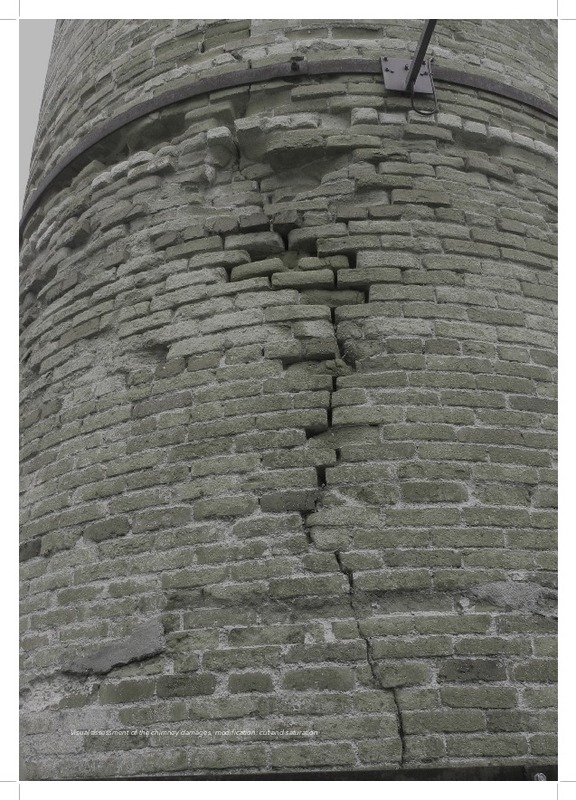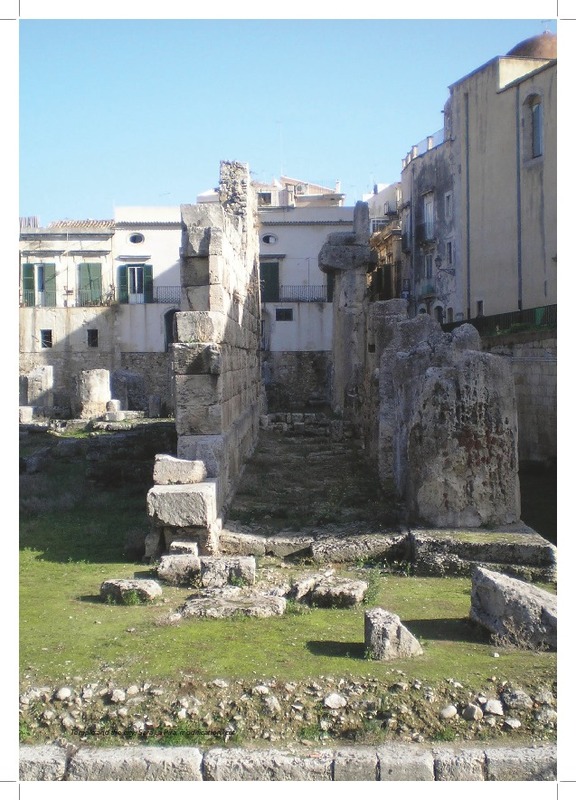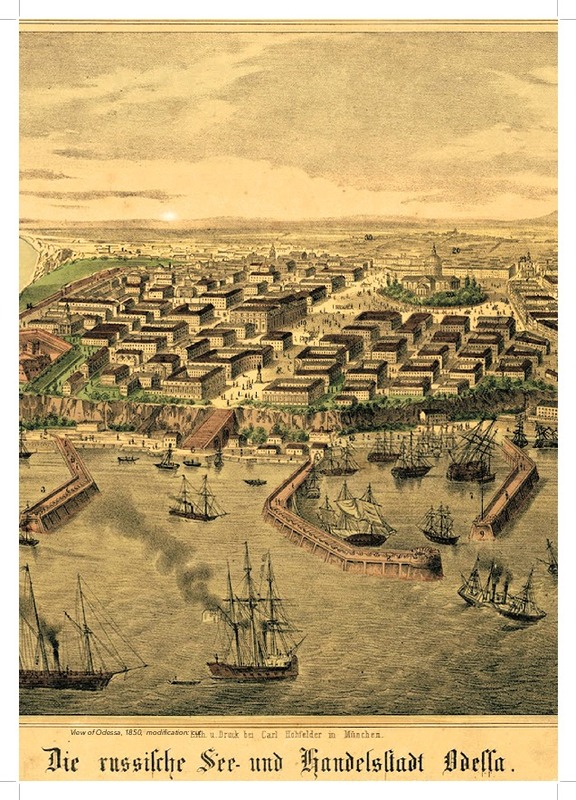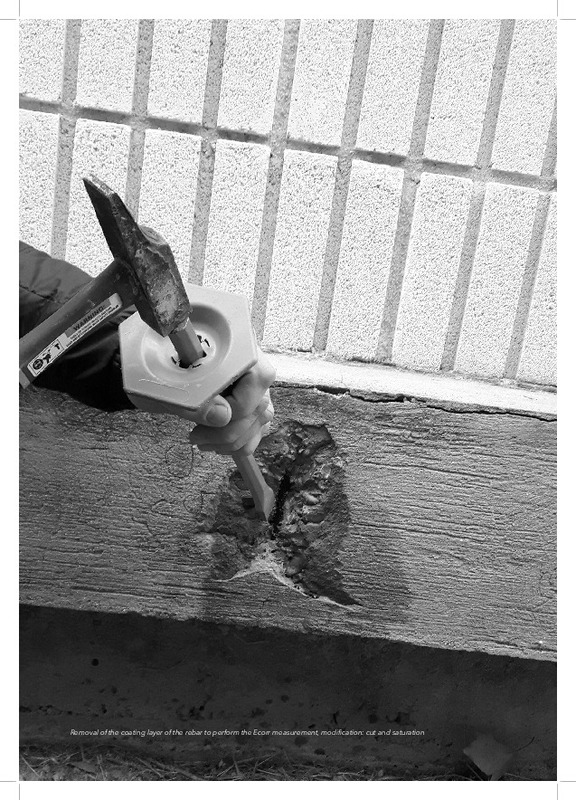- RiuNet repositorio UPV
- :
- Investigación
- :
- Material investigación. Editorial UPV
- :
- Revistas UPV. Editorial UPV
- :
- VITRUVIO
- :
- VITRUVIO - International Journal of Architectural Technology and Sustainability - Vol 01, No 1 (2016)
JavaScript is disabled for your browser. Some features of this site may not work without it.
Refinar
VITRUVIO - International Journal of Architectural Technology and Sustainability - Vol 01, No 1 (2016)
Tabla de contenidos
Editorial
- From Kyoto to Paris: searching the sustainability
Articles
- Smart port city of Odessa: brilliant embodiment of Vitruvius` theories of beauty
- Social inclusion in the regeneration processes of historic centr
- Re-thinking the validity of the past. Deconstructing what authenticity and integrity mean to the fruition of cultural heritage
- In situ experimentations for the compatibility and durability of the restorations: the case study of the Sassi of Matera
- Structural survey and diagnosis of historical constructions – the experience of the Construction Institute
- Integrated sensor network for monitoring steel corrosion in concrete structures









